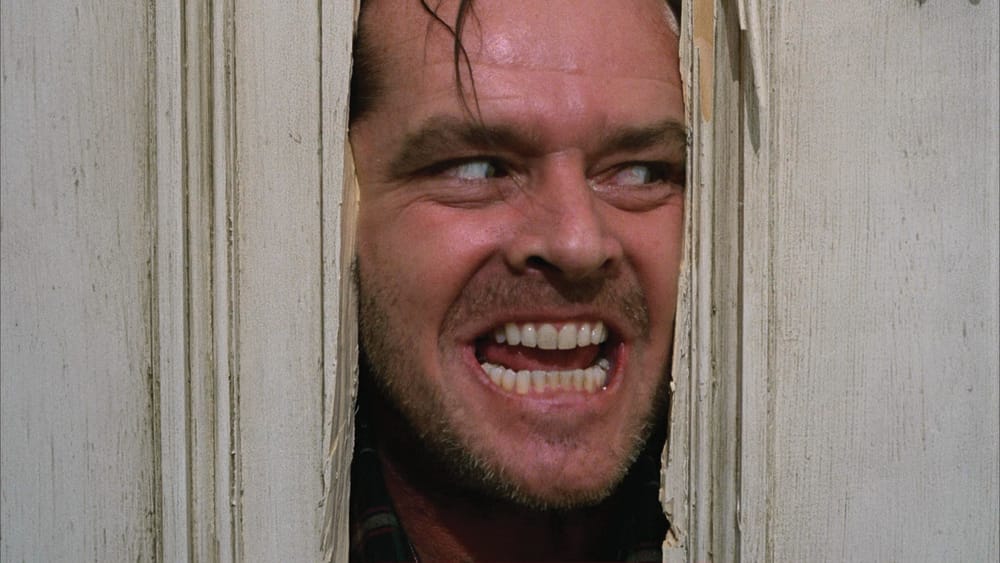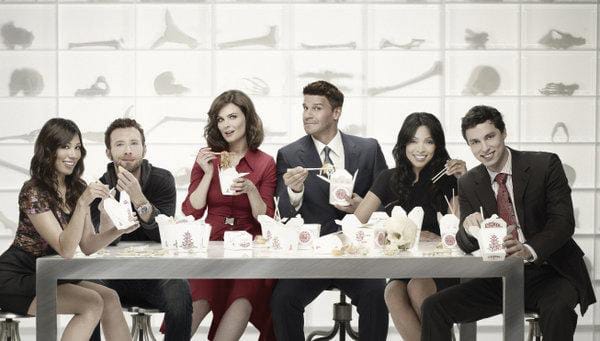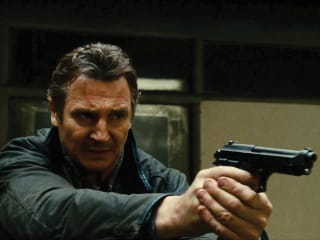The Shining of Room 237
The creepy masterpiece is back on the big screens

The image of Jack Nicholson leering out from a hole in a door, his teeth bared and his eyes manic, has gone down as one of cinema’s most iconic images. It perfectly conveys the unsettling atmosphere which Stanley Kubrick conjures up in his 1980 film The Shining. The film has become ingrained in our culture, and is often used as a benchmark against which all other horror films can be compared. However, this has not always been the case; upon release it received a luke-warm response, with critics calling it “an overreaching, multi-levelled botch” and describing Shelley Duvall’s character as a “simpering, semi-retarded hysteric”. How things change. Today The Shining is widely recognized as one of the greatest horror films of all time, and has been established as a modern classic of cinema. Last week saw the UK premier of the US extended edition, which has never been shown here before and includes an extra half hour of footage, meaning everyone now has the chance to see this masterpiece on the big screen.
Based on a novel by Stephen King, The Shining’s plot is a relatively simple one: Jack Torrance, played by Jack Nicholson, moves with his wife Wendy (Shelley Duvall) and their son Danny to Overlook Hotel, a lodge that they agree to look after during the long winter. Jack, a writer struggling with writer’s block, hopes that the isolation will help him finish his novel, but Shelly is more preoccupied with Danny’s invisible friend Tony. Danny, it is revealed, has some psychic abilities, called ‘Shining’, making him sensitive to the past horrors that occurred in the hotel, centring around the mysterious Room 237. Brutal murders, elevators filled with blood, and ghostly apparitions all make an appearance as Jack is driven deeper and deeper into psychosis. The majority of the lines are given by Nicholson and Duvall, who are simply superb, with Nicholson playing the psychotic Jack with a gleeful enthusiasm. Duvall shines in her role as Wendy, portraying a woman on the edge, confused and terrified; she stumbles through the corridors of the Overlook Hotel, pursued by her husband, with a look of pure horror on her face.
A large part of what makes The Shining so haunting is the set and the art direction, overseen by Kubrick, who was renowned for his methodical attention for detail. Each frame is an individual work of art, and the smallest details in a scene take on a huge importance. The OverlookHotel has an atmosphere all of its own, the vast, sprawling lodge becoming a third central character alongside Nicholson and Duvall. Kubrick’s gift in the director’s chair comes across incredibly strongly in this film, and his direction is breathtaking. He has taken the basic plot, and distorted it through his camera’s lens into a unsettling psychological horror, which frequently toys with the viewer, making them question what is real and what isn’t. What really lies behind the door of Room 237? And hasn’t Jack been to the hotel before? These are questions that Kubrick leaves unanswered, allowing the viewer to make their own mind up.
This ambiguity of The Shining is explored in the film Room 237, a documentary released last month that explores different theories behind the film. One commentator believes it is actually about the genocide of Native Americans, while another argues that Kubrick is making a commentary on the Holocaust. Such outlandish theories may seem extreme if it was for any other film, but The Shining is different. Kubrick’s obsession for precise details means that nothing can be dismissed in the film; everything takes on a new importance, making some of the theories very persuasive. This makes The Shining a film that definitely deserves a second viewing, if not a third.
The experience of seeing this film in the cinema cannot be overstated. While the new footage included in the cut helps to flesh out the film somewhat, the most exciting thing about this release is that it allows us to view the film as Kubrick intended: on the big screen, allowing the spectacle to completely envelop the viewer. In the screening I went to there was a chilling atmosphere in the theatre. While the film remains as ‘scary’ as it was when I first saw it on TV, seeing it in the cinema allows the action to become haunting, visceral, and truly psychologically terrifying.










